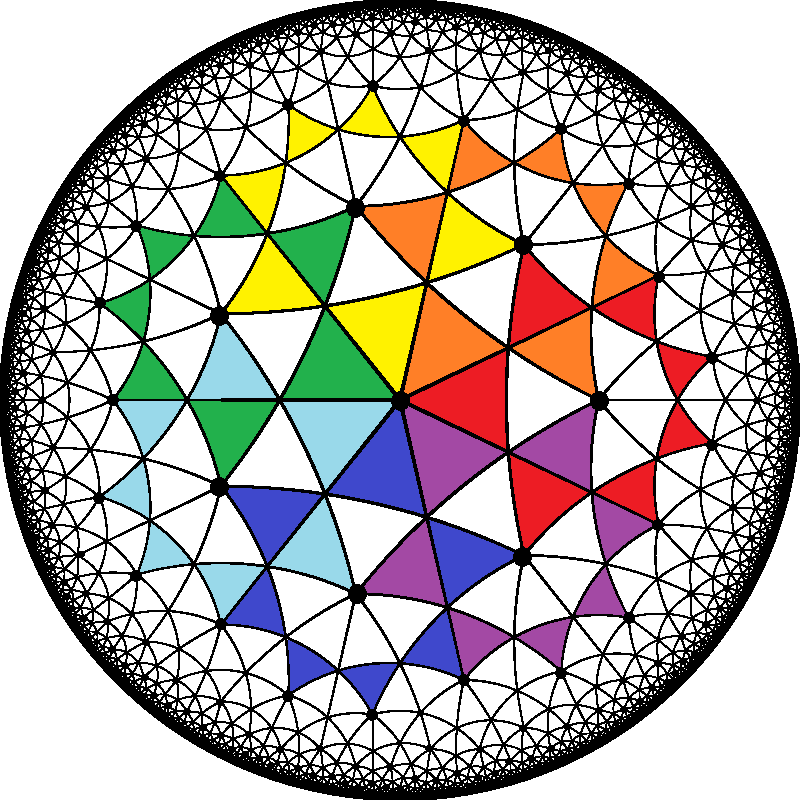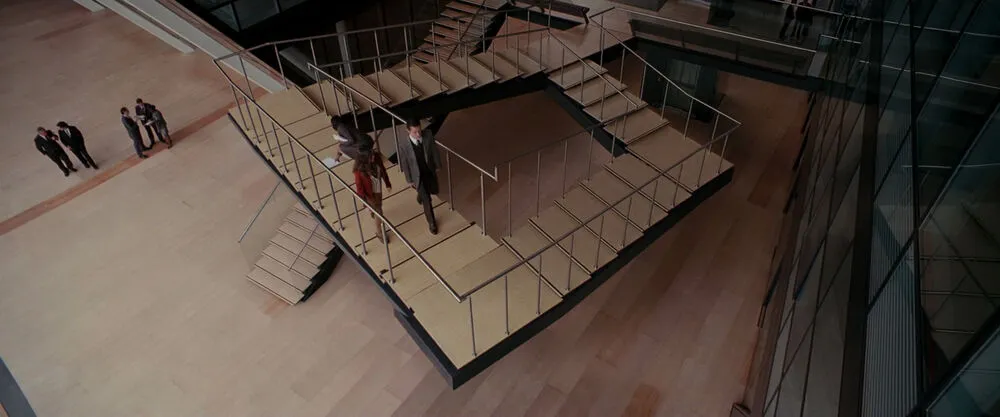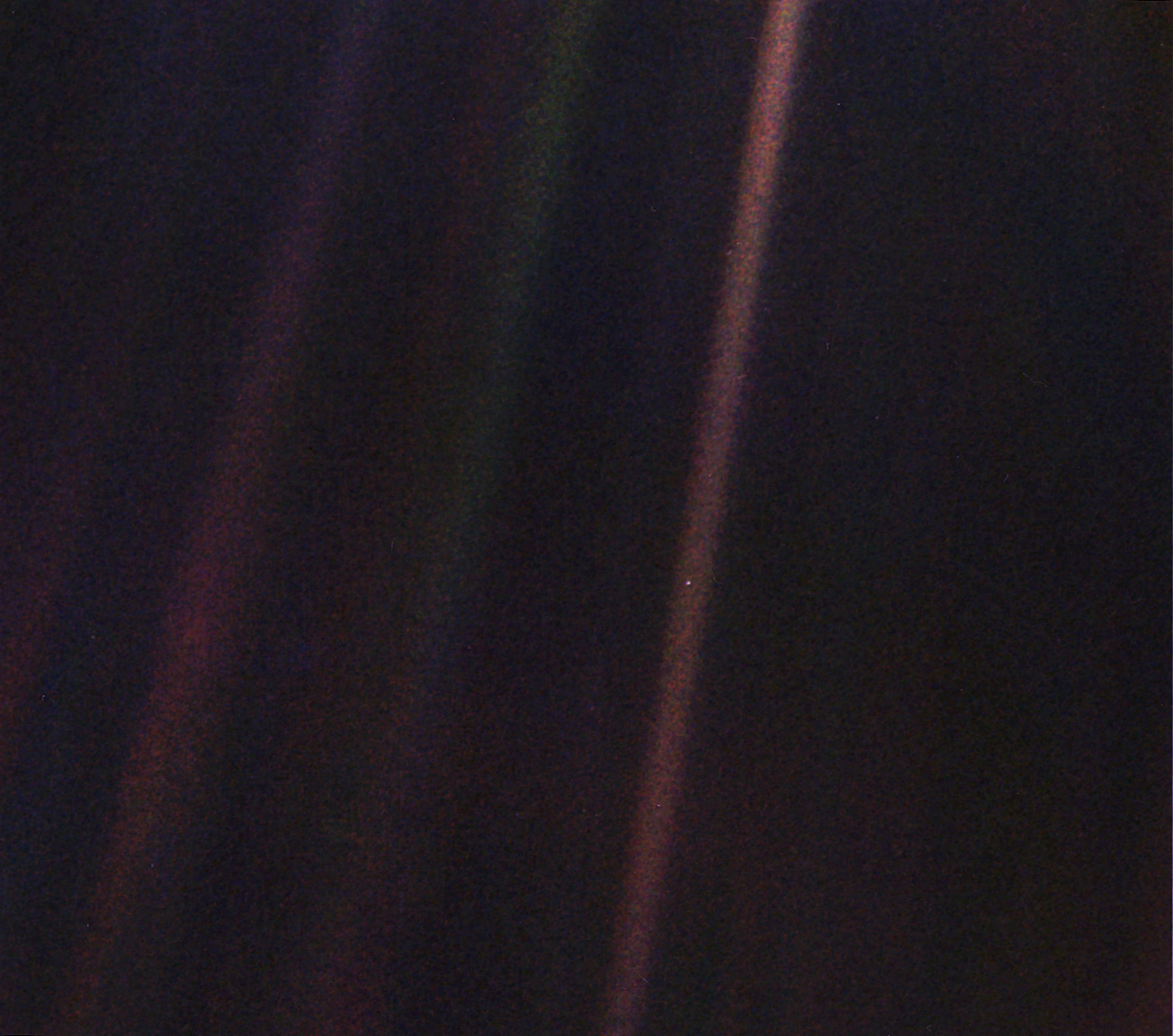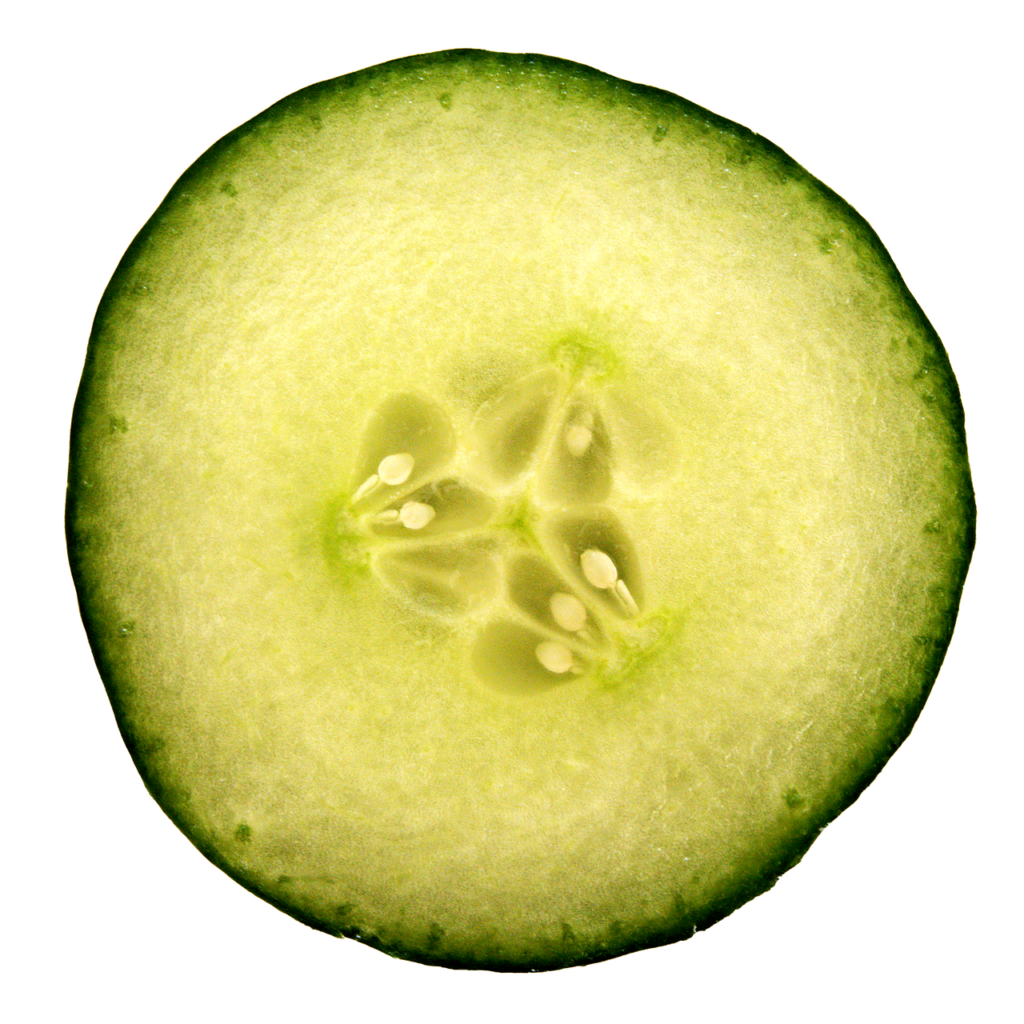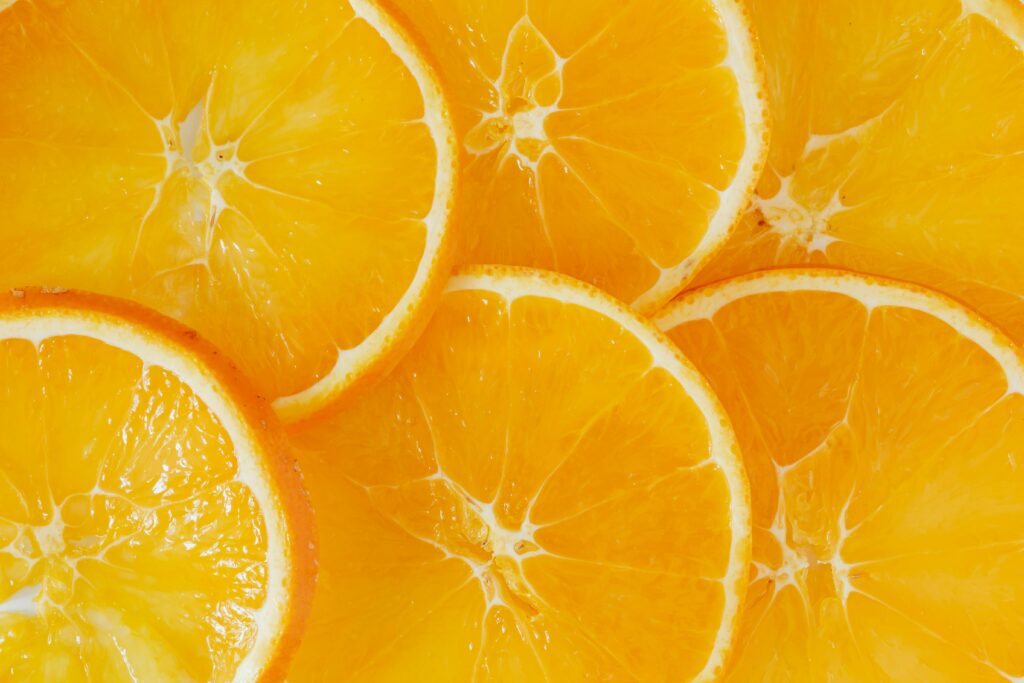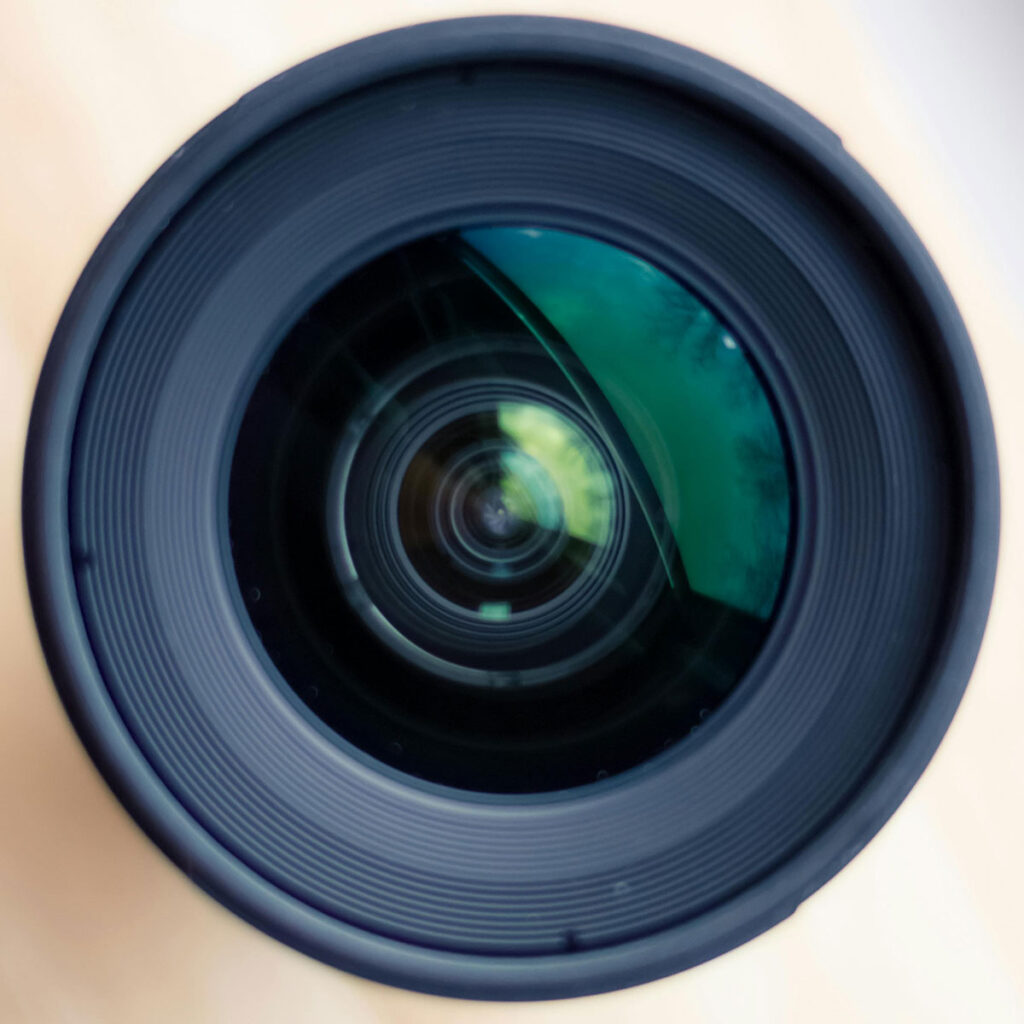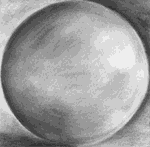For many years, I’ve admired the geometric art of geometer colleague and artist Vandorn Hinnant; this month’s post features a pdf file of a retrospective of four and a half decades of his geometry-inspired artistry. Enjoy! Be sure to visit his websites LightWeavings.com and VandornHinnant.com for much more info.
Vandorn Hinnant – 45 Years of Dreaming with Open Eyes – Exhibition CatalogueThe Title/Cover page provides the details of the live exhibit which runs from March 20 through June 28, 2025 at the Mary G. Hardin Center for the Cultural Arts, 501 Broad Street, Gadsden, Alabama.
Here are just a few examples of his inspired/inspiring art:




